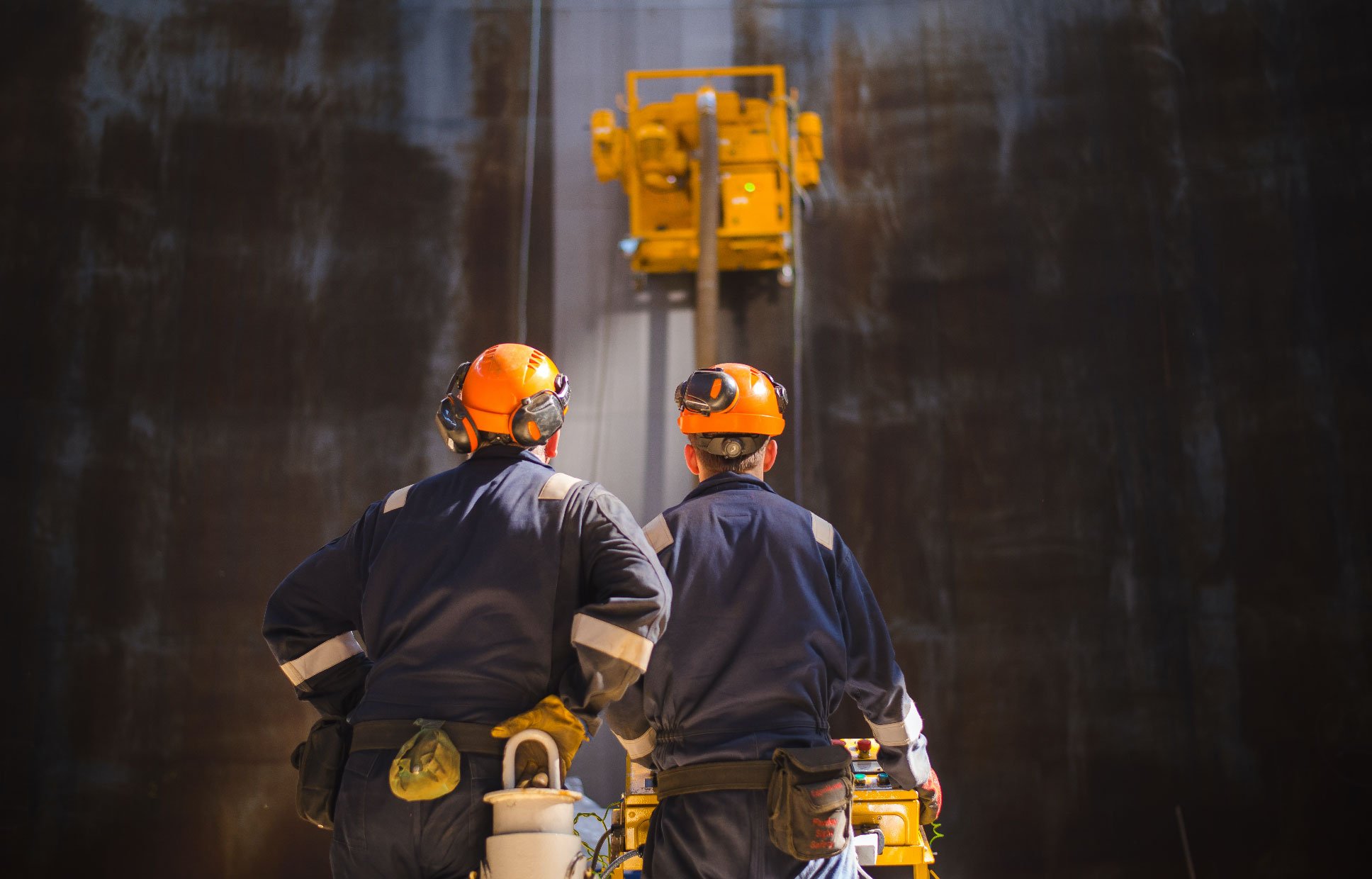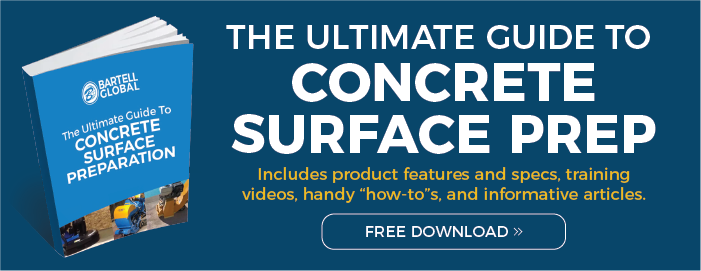Guys ask me all the time if floor-removal jobs are profitable and worth doing? My response? Absolutely! I’ve done floor-removal projects for over 30 years. Some projects, I made lots of money… and some were a disaster when it came to profitability.
Through all those projects I learned EIGHT CRUCIAL ISSUES you need to master in order to be profitable. Here they are…
1. Know your equipment
Manufacturers have done a great job in recent years making capable equipment and (equally important) effective tooling that removes basically all materials efficiently. It’s important to understand how to use them to receive the greatest benefit from them.
This can be a challenge if you do not yet own your own equipment and are still renting. You may be using several different brands of scraper from one rental to the next, and the differences in operation can be a challenge. Try to find the machine you like and stick to it if possible so you don’t waste time on multiple learning curves.
2. Understand your customer’s expectations
It is critical to have a clear agreement (in writing) specifying what the customer believes the scope of work to be. I learned this one the hard way! One of my first large removal projects, I made the assumption that the client would be responsible for the removal of the flooring debris after I completed the demo and of course they thought I would take care of it. We worked it out, but I have been careful ever since because miscommunications like this can be very costly.
3. Know your manpower needs
Guys ask a lot about removal rates and the answer always depends on how much manpower you can wrangle to keep the debris picked up and out of the way of the machine as it’s working. When the operator must stop and allow the workers to catch up, you loose valuable removal time. That said, keep in mind that too many laborers waste money too. I find that most jobs work well with two workers removing material per ride-on scraper.
4. Beware of contaminated materials
As contractors we are responsible for knowing if certain materials contain asbestos, lead, mercury, silicas, etc. These materials must be properly abated! This is one of the fastest ways to loose a great deal of money. Contractors have lost their business due to illegally removing “hot materials”. Common materials to stay away from are:
- 9-inch VAT (Vinyl Asbestos Tiles) – the black “cut-back” adhesive that adheres the tile to the floor are often found to be contaminated.
- Black adhesive used to adhere rubber cove base
- Some types of sheet vinyl manufactured before the mid 80’s.
I always ask if this material has been tested if I have any doubt, it is better to lose a project than take on the risk associated with removing contaminated material.
5. Secure your workspace
People often find it interesting to watch contractors remove material, especially with a ride-on scraper. It’s almost inevitable when working in an occupied space, where part of the building is being renovated and the rest is still used by office workers, medical staff — even patients — who tend to wander right into a work space, exposing themselves to potential injury from debris, tripping hazards, even dangerous run-ins with a ride-on scraper. I have noticed that people will opt to stand behind you while you are operating the machine, in an effort to “stay out of the way”, but it’s the worst place to stand as the operator cannot see behind him. I am always very firm about requiring control over who enters my workspace. This can be a real challenge as other workers (electricians, plumbers, other trades) need access to the area, but as a whole, no one should be loitering nearby during floor removal.

PRO-TIP
A lot of the knowledge I share here came to me with time and experience, but here is an important piece of advice to help fast-track your own learning curve: build friendships with contractors in the trade who have more experience than you, because they are an invaluable source of wisdom. Their years of experience have given them plenty of mistakes to learn from, and most are generous with their time and expertise. Guaranteed, you can learn something from every other contractor out there. And don’t forget to pay it forward when the younger guys come to you for advice someday!
6. Know the size & scope of your project before you start
The size of the project dictates the tools and manpower required – and what you can expect in return for your time and effort. If you are quoting small projects, you need to bid accordingly. In order to be profitable, a smaller job requires a higher removal rate (cost per square foot), or a minimum charge, or possibly a staging fee. On the other hand, a large removal with an easily removed material allows you to bid more aggressively to make sure to win the bid.
7. Does the space have “special” work restrictions?
Some projects have variable that are tricky to work around – and this can make a project more complicated (which means, more challenging to keep profitable). For example. If the removal is an occupied space, you may have do work after-hours. Or if you can work while they work, you may have noise restrictions. Hard to stage areas like “downtown” projects are notoriously difficult and time consuming to get equipment onto the site and debris removed efficiently. Or if the project is in a food plant or medical facility, you may have both noise and emissions restrictions. Again – these variable dictate what kind of manpower you need to use – and the types of machines or equipment you can use for the project. If you know the equipment you are limited to, you can more accurately guess your time commitment and that is the best way to stay profitable. Always choose the most efficient tools with the least amount of man-power and you will end up on top.
8. Never trust a “sign off”
We deal with this one a lot here in the Northwest, and it’s a BIG DEAL. When conditions are not acceptable for flooring removal and installation of new material, what often happens is the client (general contractor, architect, owners rep or even the end-user themselves) will offer to sign a waiver or release of liability, allowing you to proceed with the project in spite of your concerns. It’s tempting to accept it and get to work, thinking they have released you from any risk. But if the project fails, and lawsuits are filed, the judge is likely to say that the waiver has NO STANDING, that YOU as the professional are responsible for making the right call to NOT do the job until conditions are acceptable. Bottom line is, you could be found liable! A serious way to lose your profitability… and your reputation!
To wrap up...
Yes, flooring removal and surface preparation can be very profitable, if you can effectively bid on the project and efficiently execute the job. I have found that keeping an eye out for red flags, taking advantage of the knowledge and experience of mentors, choosing the best equipment, and finally working with people you not only trust but enjoy working with, make the surface preparation trade a very profitable and — just as important— an enjoyable way to earn a great living.


 By
By 